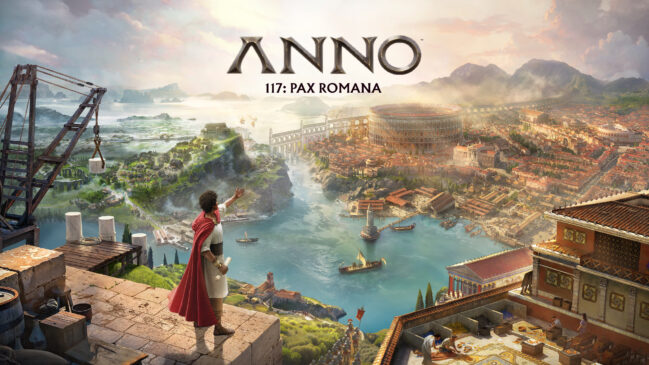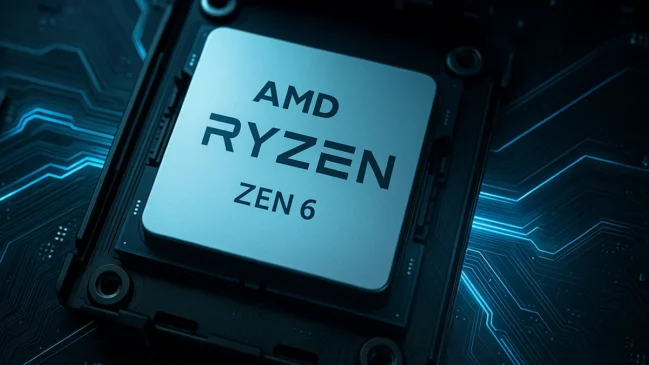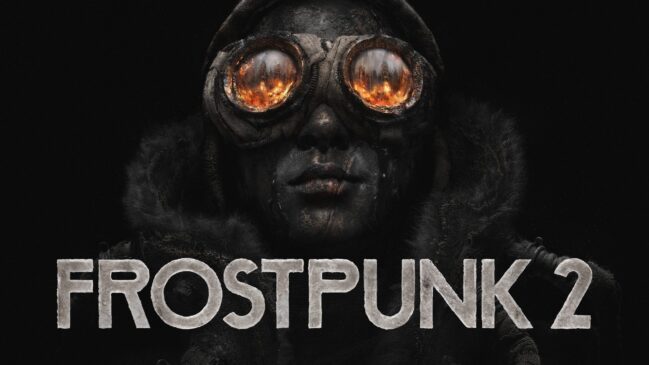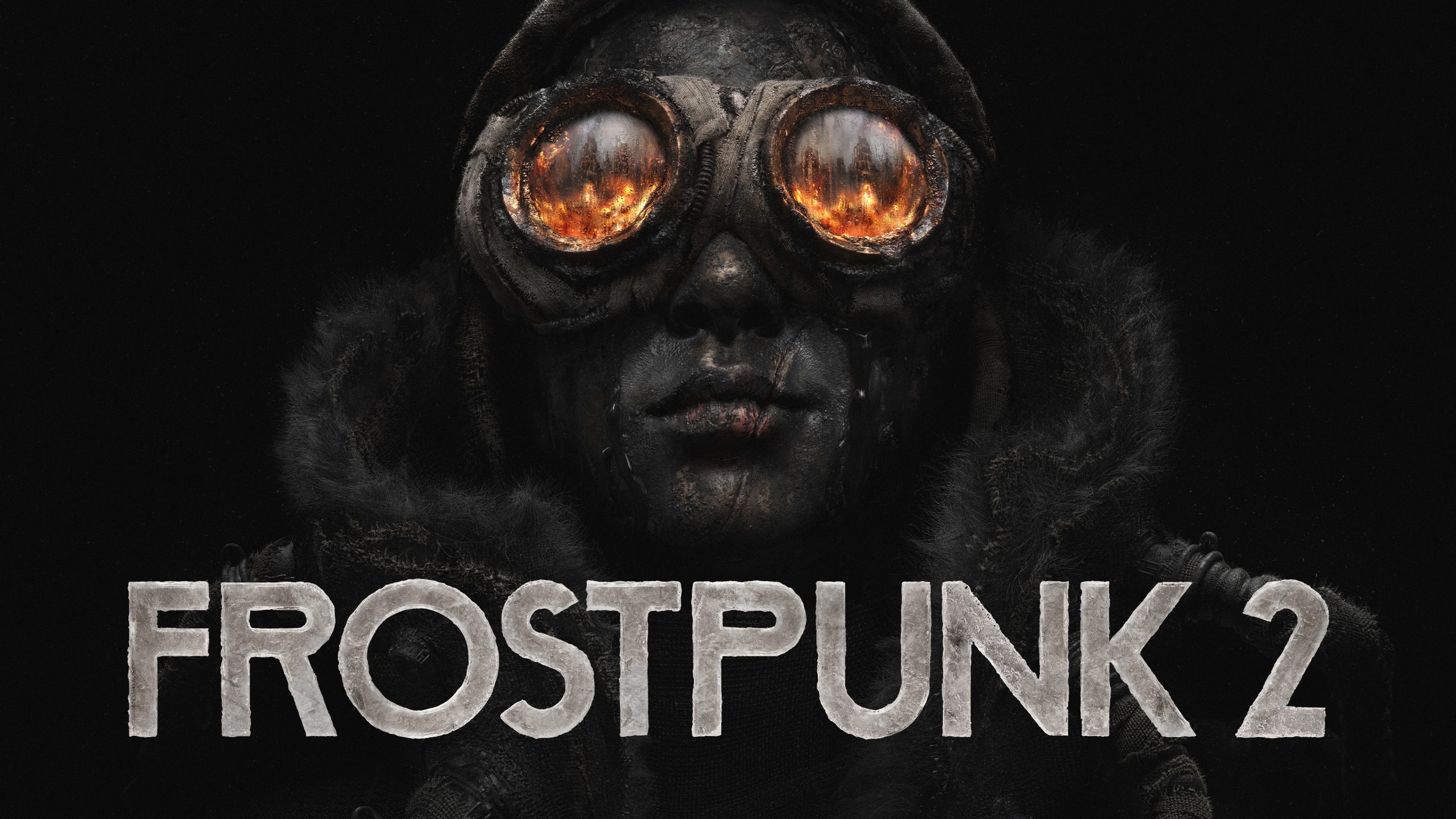
I spent the better part of a week guiding New London’s fractured citizens across PlayStation 5, and Frostpunk 2 is the kind of game that gets under your skin—slow, grim, and obsessively precise. This isn’t a flashy action launch; it’s a slow, moral-scrubbing city sim that asks you to make impossible choices and live with the consequences. If you loved the original Frostpunk’s moral weight, this sequel magnifies that scale: districts replace individual tents, laws replace individual dilemmas, and the city becomes a sprawling organism rather than a small survival camp. The sweep and atmosphere are phenomenal.
Frostpunk 2 originally landed on PC in September 2024, and the PS5 version I’m writing about arrived as the official console release on September 18, 2025. The console launch includes both digital and physical editions, and Day One Game Pass availability on Xbox was part of the broader console plan. That windowing meant the game had time to settle on PC first, and some of the interface and balance issues seen at launch had received attention before the PS5 build shipped.
AT A GLANCE
- Genre: City-builder / Survival Strategy
- Developer: 11 bit studios
- Publisher: 11 bit studios (Skybound for console versions)
- Platforms and Release Dates:
- PC: September 20, 2024
- PlayStation 5, Xbox Series X/S:: September 18, 2025
Played in a dark room with the DualSense whispering beneath my palms, Frostpunk 2 is unapologetically cinematic. The engine’s snowy vistas and the furnace-lit hum of your city are gorgeous on PS5—camera pans, distant snowfields, and the intimate glow around each building create a melancholy tableau I kept returning to. The score and ambient design do the heavy lifting emotionally: the music swells at precisely the moments when lawmaking or desperation feels most awful. Graphically, it doesn’t rely on flashy next-gen gimmicks; instead it uses light, shadow and scale to sell despair.
Gameplay
I remember the first time I stepped out of the Council Hall and looked across the grid of New London. The city felt less like a camp and more like a living organism that needed to be managed, argued with, and occasionally put out of its misery. Frostpunk 2 keeps the punishing survival spirit of the original, but almost every mechanic has been scaled up and given a sharper political edge. Instead of managing a few tents and a single generator, I found myself building and balancing entire districts, shuffling resources through an oil-powered economy, steering a divided Council, and watching laws ripple through neighborhoods like frost spreading across glass.

The shift from placing individual buildings to designing entire districts completely changes how you play. Districts come in types like Housing, Food, or Industry, and each one carries bonuses and upgrade opportunities. Early on, I learned that where I placed a Food district in relation to Housing would directly impact how efficiently I could manage heat and resources later. I couldn’t just drop buildings wherever I wanted. I had to think in terms of blocks and corridors, carefully planning expansions so districts would support each other and supply lines stayed short. That change turned what could have been simple micromanagement into something more like strategic city planning.
If the original Frostpunk was about coal and a single furnace, the sequel’s economy revolves around oil and layered production chains. Oil isn’t just another resource to refill; it sits at the center of every major decision. I spent entire evenings tweaking production, storage, and transport routes because a sudden drop in oil meant entire districts could freeze and morale would plummet. Managing oil turns into a satisfying logistical puzzle, where building the right depots and deciding who gets supplies first becomes as important as any moral choice. Planning ahead is everything. Run out of oil and you lose not only heat but also the political leverage needed to pass crucial laws.
What kept me playing long after midnight wasn’t just survival; it was politics. The Council system completely changes how laws work. You no longer act alone; every proposal is debated, voted on, and filtered through the lens of competing factions. Each faction has its own agenda, and every law you pass or reject shifts trust, loyalty, and stability. I once pushed through a law to boost industrial output, only to watch two major factions turn against me. Managing those votes, sometimes through persuasion and sometimes through sacrifice, feels like running a frozen parliament where every decision can ignite unrest. The Council system makes governance feel alive and morally complex.
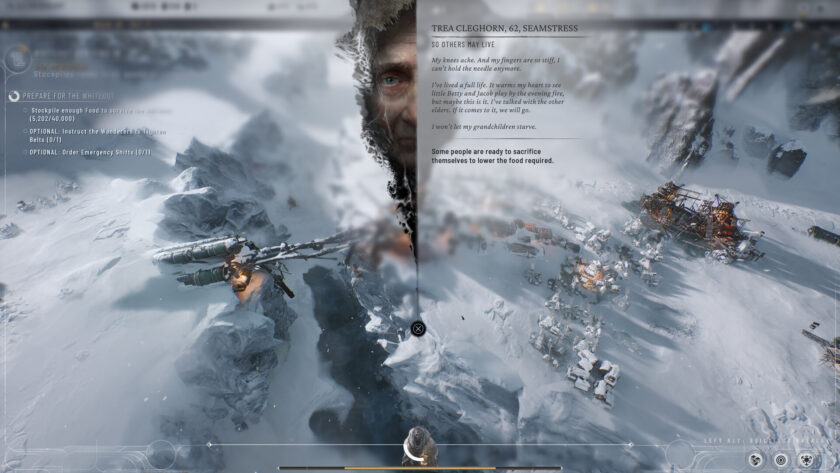
The tech tree in Frostpunk 2 isn’t about small upgrades. Each research decision changes how your city functions. I once unlocked advanced food processing that boosted yield but required a completely new infrastructure to support it. Suddenly my entire district plan needed to be rebuilt. These research choices pile up over time, forcing you to commit to an identity, whether that’s an industrial powerhouse or a more sustainable society. The way technology interacts with laws is especially clever. Pairing the right law with the right tech can make your entire strategy thrive, while a mismatch can lead to collapse.
Exploration still plays a big role. I often sent scouts into the wasteland to look for resources or survivors. These missions lead to tough choices, like deciding whether to rescue a stranded group and risk losing vital oil or ignore them to keep the city alive. Because the game’s timeline now moves in weeks and months, every exploration decision has long-term consequences. A bad call can cripple your progress for an entire season. That permanence makes every expedition tense and meaningful.
The late game is where everything starts colliding. As New London expanded, I was constantly juggling district heat levels, fuel routes, faction demands, and growing unrest while the cold deepened. Survival is only half the battle; keeping your fragile political coalition together is the real challenge. Some of my most memorable moments came from small decisions that spiraled out of control. Once, I extended work hours to speed up production, and that triggered protests that turned into a strike just as a blizzard hit. Watching my carefully built system unravel was both infuriating and strangely satisfying. Frostpunk 2 can be brutal, but its systems always make sense, and every failure feels like a lesson learned the hard way.
Controller and PS5 Experience
Playing Frostpunk 2 on the PlayStation 5 feels surprisingly natural for a game that was clearly built with a mouse and keyboard in mind. The developers have done a good job adapting the city management systems to a controller setup. The radial menus make navigating districts and resource panels simple, and the triggers and bumpers let you swap between layers of information without feeling overwhelmed. It took me a little time to get used to the layout, but after a few hours I was managing production lines and district zones comfortably from the couch.
Performance on PS5 is smooth. Load times are quick, and the frame rate holds steady even when the city grows massive and the snowstorms roll in. There were a few moments when selecting tiny on-screen icons felt slower than it would on a PC, but the streamlined console interface keeps those frustrations to a minimum. The developers clearly took their time to optimize the user experience rather than rushing a straight port.
After several long sessions, I can confidently say Frostpunk 2 feels at home on the PS5. It is not quite as precise as the PC version, but it captures the same tension and emotional weight that defines the series. Sitting back with a controller and watching the city breathe, break, and rebuild itself feels powerful in a different way. It turns Frostpunk 2 from a desk-bound strategy game into something more cinematic and personal, perfect for playing late into the night with the snowstorm howling through your speakers.
Visuals and Audio
The first thing that struck me about Frostpunk 2 on PS5 was how hauntingly beautiful it looks. The game doesn’t chase the usual kind of visual spectacle; instead, it builds atmosphere through scale, lighting, and tone. The city is a living monument of ice, metal, and desperation. The way the light from the central generator spills across the frozen skyline gives the entire settlement a strange sense of hope surrounded by decay. Watching the snow whip through half-built districts while smokestacks pump black clouds into the white sky is hypnotic.
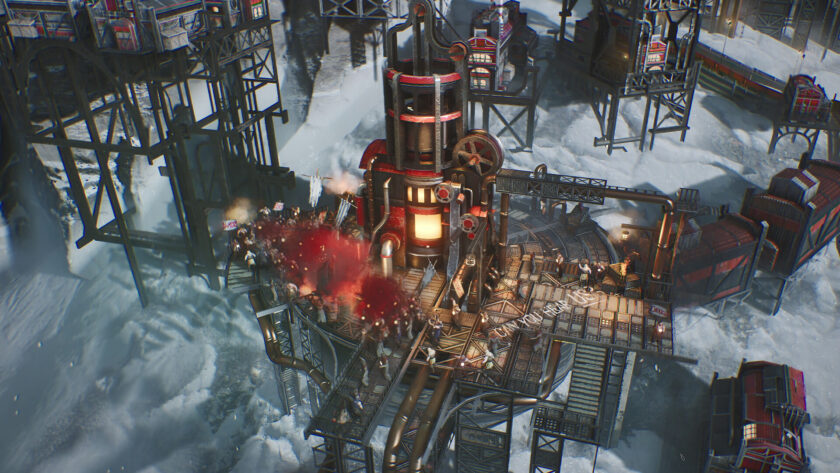
On PS5, the level of detail is impressive. You can zoom in close to see workers trudging through deep snow or carrying resources between factories, and then pull back to take in the entire city glowing faintly in the storm. The draw distance is sharp, and the dynamic weather effects sell the sense of isolation. The frame rate remains steady even as storms intensify and the population grows, which helps keep the experience immersive instead of frustrating.
What really elevates Frostpunk 2’s presentation, though, is its use of sound. The audio design is just as important to the experience as the visuals. The hum of machinery, the muffled wind, and the faint cries of the workers give the city a voice of its own. I often caught myself pausing just to listen. When the generator roared to life, the controller vibrated lightly, and the entire soundscape seemed to thrum with energy. The subtle shift in tone when resources ran low or the temperature dropped created tension before I even looked at the stats.

The music deserves special mention. It is somber, deliberate, and perfectly timed to the game’s emotional beats. Composer Piotr Musiał returns from the first game, and his score blends quiet piano notes with deep strings that rise just as the city teeters on collapse. It is the kind of soundtrack that lingers, giving weight to every decision you make. In the middle of long sessions, when my people were starving and the Council was divided, that music made the entire experience feel grand and tragic at the same time.
Frostpunk 2 may not be the flashiest next-gen title, but it uses the PS5’s power to reinforce its storytelling. Every gust of snow, every flicker of light, and every distant voice feels deliberate. It is one of those rare strategy games where you can stop building for a moment, zoom out, and simply take in the world you’ve created.
Final Thoughts
Frostpunk 2 on PS5 is a rare strategy game that manages to feel both vast and personal at the same time. Playing from my couch, I was drawn into a world of frozen streets, flickering generator light, and morally impossible choices that left me second-guessing every decision. The shift to district-based city planning, the oil-driven economy, and the political complexity of the Council make the sequel feel like a natural evolution of the original rather than a simple expansion.
The PS5 version translates the experience well to a controller. While it cannot match the precision of a mouse, the radial menus and adaptive trigger feedback help immerse you in the tension and scale of running a city on the brink of collapse. Visually and aurally, the game is stunning. Snowstorms, dimly lit streets, and an emotive soundtrack make each session feel cinematic.
Frostpunk 2 is challenging, unrelenting, and sometimes heartbreaking. Wins feel earned, failures carry weight, and the narrative is shaped by your choices rather than pre-written events. If you enjoy deep strategy games with moral stakes and a story told through systems rather than cutscenes, Frostpunk 2 is an unforgettable experience. For PS5 players seeking a strategy title that demands both brains and heart, this is one of the year’s standout releases.
9/10



